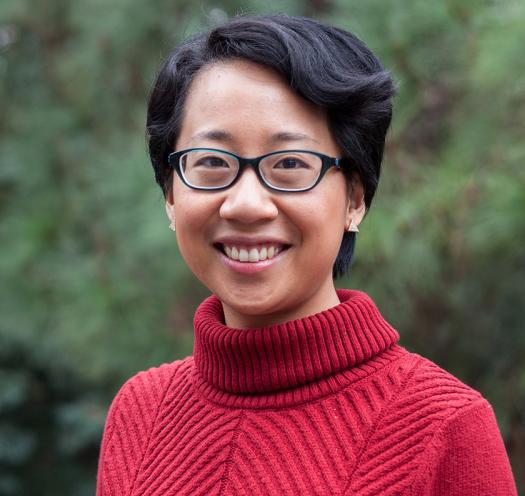How a ‘STEM Quartet’ offers this scientist multiple mindsets

Scientists sometimes have intersecting interests. Some may pursue peripheral fields like science communication or journalism, while others write poetry or enjoy the connections between art and science.
Cindy Wang (Intel STS 2006) is a pharmaceutical consultant for L.E.K. Consulting. Previously, she researched biosensors for bacterial molecules. When she is not working, Cindy enjoys artistic endeavors like photography and graphic design. She also plays viola in a quartet of musicians who are also all scientists working in healthcare. They have joked about calling themselves the “STEM Quartet.”
Cindy said she’s been fortunate to pursue different interests. “It’s that kind of diversity that I like having in my life, using the right and left sides of my brain, and finding balance in doing that,” she said. “I’ve found with my personality, I need to have a lot of things going on to keep balance.”

When Cindy moves to new places, she needs to find her community of musicians. “Music is almost like a religion,” she explained. “It’s a diverse community of people you gather with fairly regularly, united by this shared sense of wonder when it comes to making music.”
“When it comes to art, there’s a lot of trial and error,” she explained. “The same is true in science. In art, your end goal is a little different, maybe you want to get something that looks or sounds right, but the experimentation process is the same.”
Science and art both involve constant experimentation. “You have to be willing to take risks and try things you’ve never tried before,” Cindy said. “In science you’re constantly pushing yourself, asking ‘can I figure out why that happens?’ It’s similar in art, you ask ‘can I push the boundaries?’ and try new techniques.”
When it comes to art, there’s a lot of trial and error. The same is true in science.
The striking beauty of the world and natural processes drew Cindy to biology. Cindy worked on fluorescent proteins and different ways to visualize molecules. For example, she visualized neurons in real-time by marking them with different colors. “That’s one of the things that motivates me in science,” she explained, “how to make things beautiful and dissect the beauty that is out there.”

After graduate school, Cindy completed a six-week architecture program at Harvard University. It’s something she had always wanted to explore. The different educational perspective offered her new ways to problem-solve. “With art, you have a chance to be in total control,” Cindy said. “It’s really exhilarating. And it’s up to you to have the conviction to know if what you created is good or bad — you have to have confidence.”
Cindy also believes her intersecting interests can improve scientific understanding. “There’s a lot of science that is buried in academic journals,” Cindy noted. “But having this design perspective makes me think a lot about how I can make things easier for people to understand and the best ways to communicate science.”
Having this design perspective makes me think a lot about the best ways to communicate science.
What is her advice to others? “Whenever you start something, you may not be that great and it’s totally okay,” Cindy explained. “It’s okay to pick up new interests and hobbies and keep pursuing them. Don’t ever let that curiosity fail.”


